|
By Ryan Blackburn In the spring of 2013, I had little to no knowledge of tallgrass prairies or the various forms of life they held. I was an undergraduate at the time, and my class at Northern Illinois University had an opportunity to visit Nachusa Grasslands and receive a tour given by one of their dedicated stewards, Jay Stacy. As the class looked out across the beauty rolling over the tallgrass landscape, Jay directed our view downwards at our feet and started naming twenty or more plant species in just a little patch of dirt the size of a laptop. Jay also spoke of the rumors that bison may be coming to the landscape and how they were thought to have the ability to increase diversity of the prairie plant communities which already seemed teeming with life. This was the moment I realized that the tallgrass prairie and plant communities they held were something that I wanted to know more about. After a couple of growing seasons, a reintroduction of bison onto the landscape was accomplished, and my masters research was born. Bison are large animals that require a lot of energy, which mainly comes from one family of plants, the grasses (Poaceae). Due to this selective grazing, bison create open space in their habitats for wildflowers to take root and increase the diversity of the tallgrass prairie overall. At least this is a summary of what had been observed in the research of remnant (never-plowed) prairies west of the Mississippi River which reintroduced bison as well. In hopes to recreate this tale of romance between bison and tallgrass prairies, Nachusa Grasslands reintroduced bison to their preserve of both remnant and restored lands. The question still remained: will their diet in this new area largely be made up of grasses, and how soon would we see changes in the plant communities following their reintroduction? To study this, I looked at both bison diet and differences of plant communities between sites with and without bison over a period of two years. To figure out what the bison were eating, I used a technique called stable isotope analysis on bison tail hair pulled during the annual roundup. This allowed me to find signatures of plants within the bison hair and estimate these plants' abundance within bison diet. Better yet, I could cut bison hair into segments and look for seasonal changes. Through this analysis I was able to estimate major dietary groups of their diet between May 2016 and September 2016. I found that bison were doing what Nachusa brought them here to do: eat grasses (for the most part)! However, in late summer bison started to transition from largely grass species to wetland species and some wildflowers, something that had never been documented before. This was an unexpected shift that may lead to unforeseen consequences to wetlands, but further research is needed to speak to this. Now that we know bison are mostly eating grasses during the growing season, we want to know how this might be impacting prairie plant communities. Attempting to answer this question, I, along with a team of dedicated plant enthusiasts, counted and measured percent cover of plant species across sites with and without bison. I quantified these communities in a variety of ways and compared them to see if bison were driving any differences between the two communities. Even though the bison had only been at Nachusa for three years, there were already evident changes happening within the plant communities. As predicted, areas with bison had more variation within their plant communities and had a higher ratio of native to non-native plants than those sites without bison. Further analysis shows that both variation and native to non-native ratios may be driven by bison preference of certain species such as bluegrasses (Poa compressa and Poa pretensis) suggested by a higher occurrence of these species in sites without bison. The bison of Nachusa Grasslands were reintroduced to do a job: increase the diversity of plant communities. Though my research does not yet see an increase in diversity, it does suggest that bison are starting to go to work eating grasses and changing plant communities around them. Continued monitoring of these communities (especially those tasty wetland communities) is needed to gain a better understanding of bison impacts and how they progress in restored tallgrass prairies. Ryan Blackburn just received his M.S. degree studying bison diet and their role in the restoration of plant communities in tallgrass prairies. Ryan is also looking at grazing impacts on a landscape scale using drone aerial imagery. In 2016, he received a $1,500 Friends of Nachusa Grasslands Scientific Research Grant for his "Determining Bison Diet and Bison Effects on Vegetation in a Chronosequence of Restored Prairie at Nachusa" project.
2 Comments
Maria Hentschel Hensley
6/4/2018 10:42:39 pm
Excellent! How many years before we will see a change in wetlands?
Reply
Your comment will be posted after it is approved.
Leave a Reply. |
Blog CoordinatorDee Hudson
I am a nature photographer, a freelance graphic designer, and steward at Nachusa's Thelma Carpenter Prairie. I have taken photos for Nachusa since 2012. EditorJames Higby
I have been a high school French teacher, registered piano technician, and librarian. In retirement I am a volunteer historian at Lee County Historical and Genealogical Society. Categories
All
Archives
January 2024
|
CONNECT WITH US |
|
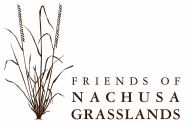
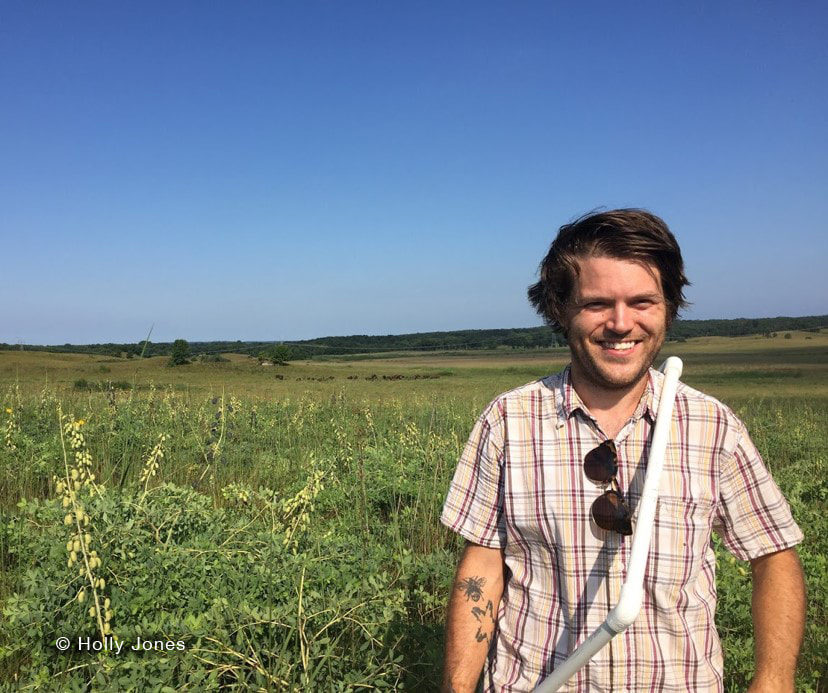
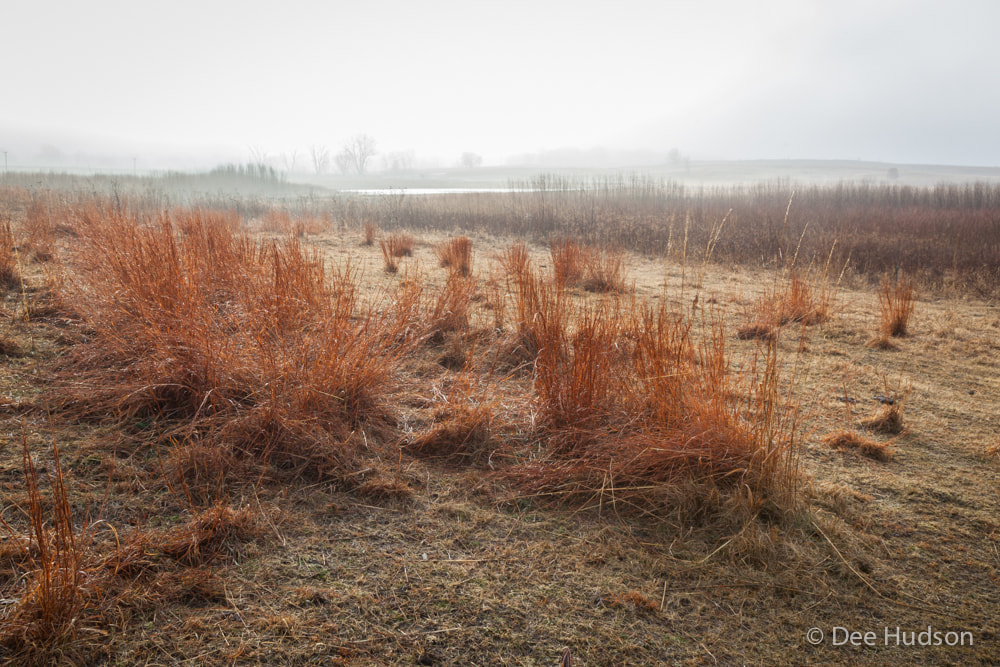
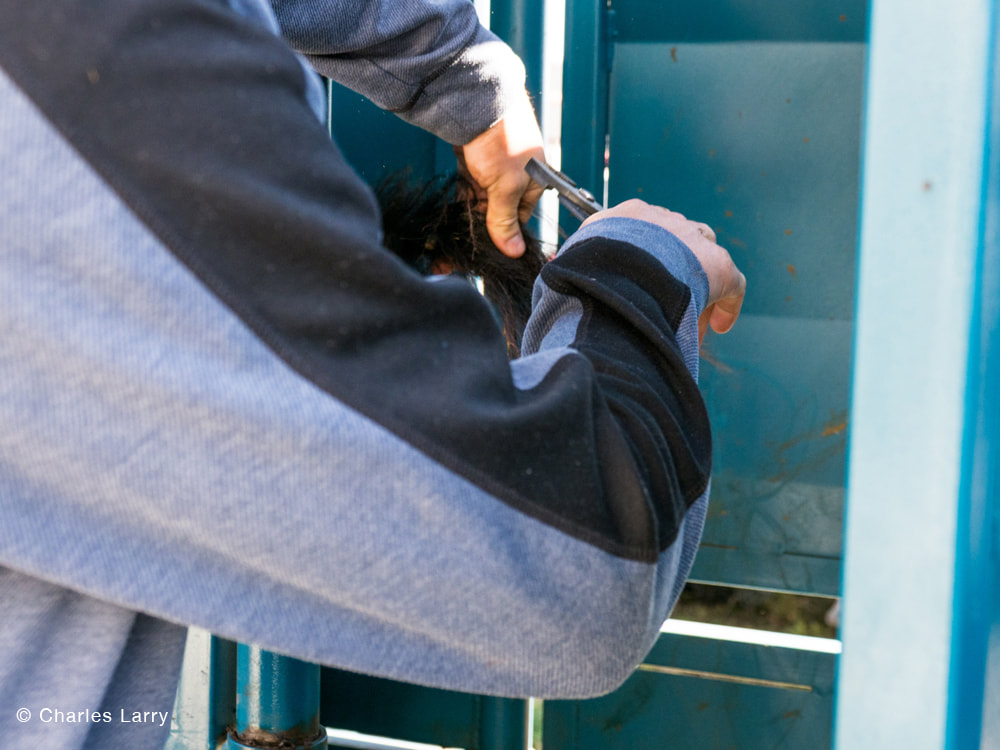
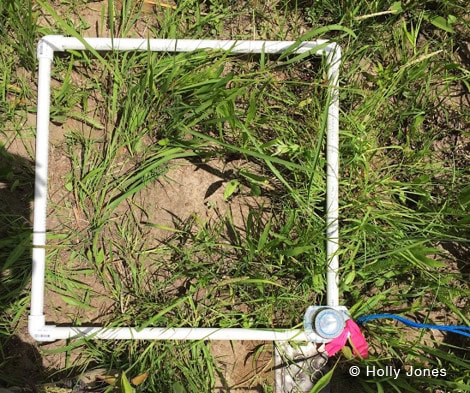
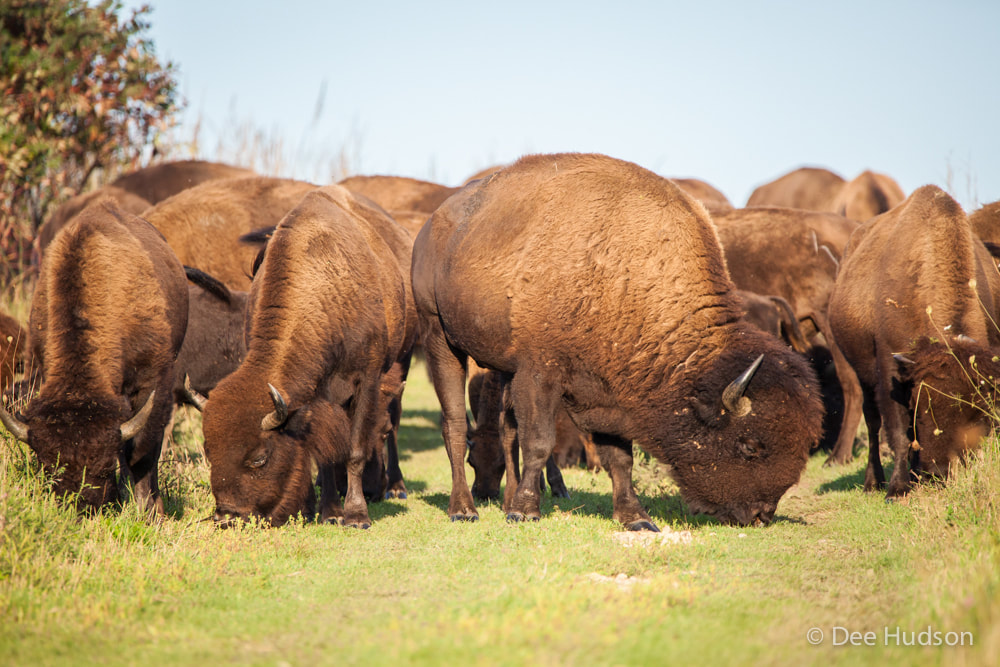
 RSS Feed
RSS Feed